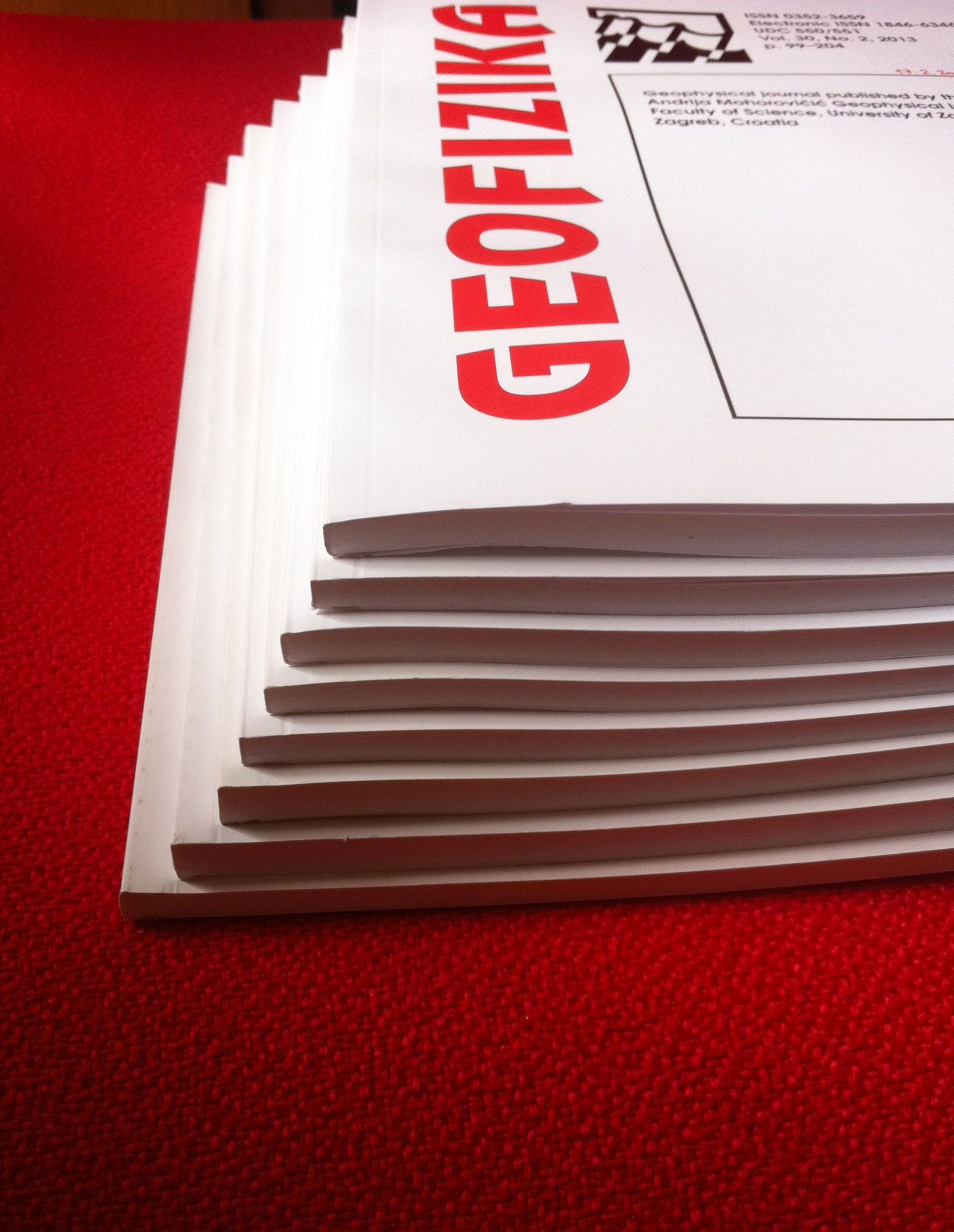Spatial variation of the source mechanisms in the Egyptian continental margin
DOI:
https://doi.org/10.15233/gfz.2024.41.4Keywords:
Egyptian continental margin, focal mechanisms, Rosetta – Qattara fault, passive marginAbstract
The spatial variability of the focal mechanism solutions in the NW Egypt Cyrenaica and Levant-north Egypt domains of the Egyptian Continental margin is investigated based on the polarity of the P-wave first motions of eleven earthquakes with local magnitudes ML ranging from 4.2 to 6.2. The identified focal mechanism solutions in the Levant-north Egypt domain are evaluated in two sub-provinces with different geological settings. The first sub-province shows strike-slip faulting mechanisms with right-lateral motion along the NE-trending Rosetta-Qattara fault zone, while the NW-trending Temsah fault zone produces left-lateral strike-slip motion. The inland extension of the Rosetta-Qattara fault zone towards the Western Desert reflects the same sense of motion. Strike-slip faulting with thrust components dominates the focal mechanisms in the second sub-province but with a different stress orientation. A single thrust faulting mechanism event which occurred on the periphery of the continental shelf shows the same common orientation of the stress field at the Hellenic Arc. This type of mechanism in this locality can be explained by the mean of compressional stress transfer towards the coast generated by the accelerated southwest retreat of the Hellenic Trench. The complex regional stress along the Cyprian and Hellenic arcs, the current local structure features, and the dominant orientation of the pre-existing fault are the factors that contribute to the changeable stress pattern field in the Levant-north Egypt domain. A single event in the second domain, the NW Egypt Cyrenaica, is a strike-slip with a right-lateral sense of motion on a WNW-oriented plane, consistent with motion along the WNW tectonic fault which separates the continental shelf from the oceanic crust.
Downloads
Published
Issue
Section
License
Copyright (c) 2024 Geofizika Journal

This work is licensed under a Creative Commons Attribution-NonCommercial 4.0 International License.

